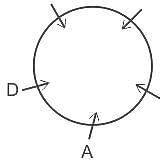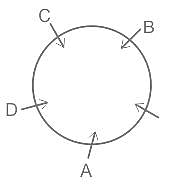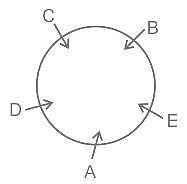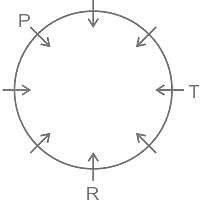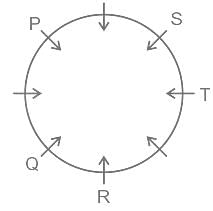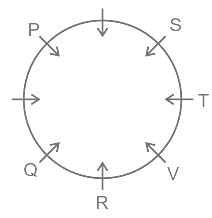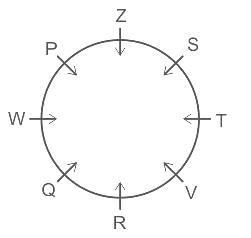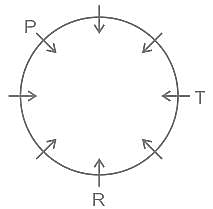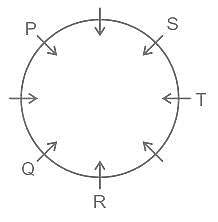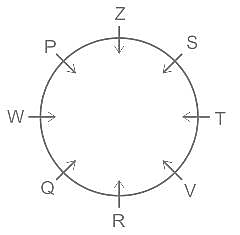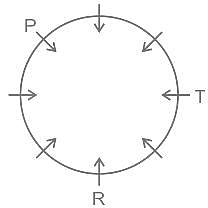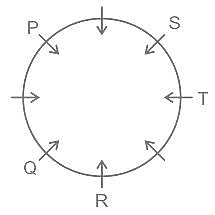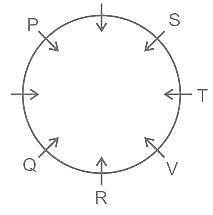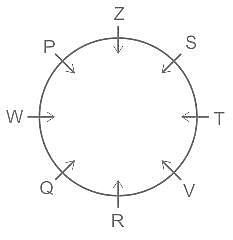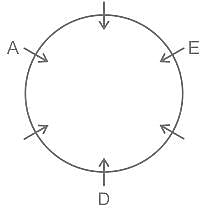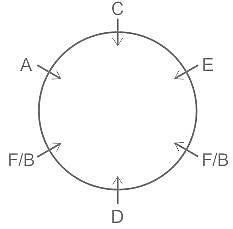Test: Mental Ability (Seating Arrangements) - Software Development MCQ
10 Questions MCQ Test - Test: Mental Ability (Seating Arrangements)
Five friends, A, B, C, D and E, are sitting around a circular table facing the centre. D is sitting to the immediate left of A. C is sitting to the immediate right of B. B is not sitting adjacent to A. Who is sitting second to the right of D?
A group of friends are sitting in an arrangement with one each at the corner of an octagon. All are facing the centre. Medha is sitting diagonally opposite Radha. Medha is on Seema’s left. Raman is next to Seema and opposite Govind. Govind is on Chandra’s right. Shanti is not on Medha’s right but is opposite to Shashi. Who is opposite Chandra?
A, B, C, D, E and F are sitting on a row facing the South direction, but not necessarily in the same order. E is sitting immediate left to the B. A is sitting fourth right to the B. F is sitting between A and D. Who is sitting immediate left to the D?
How many persons are seated between S and V?
What is Q's position with respect to S?
Which of the following represents persons seated at the two extremes?
A, B, C, D, E and F are sitting in a circle facing towards centre. D is between F and B. A is second to the left of D and second to the right of E. Who is facing towards D?


